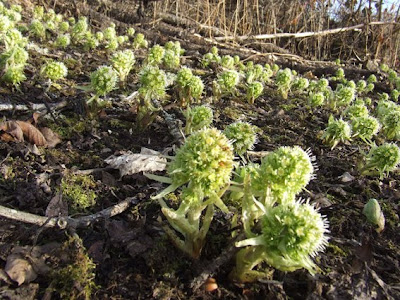The Ministry of defence are spending £3m to decontaminate the site from heavy oils, diesels, heavy metals and Japanese knotweed.
"A plant that needs to be disposed of along with the hazardous waste is also present on the site."
"Japanese knotweed can be dealt with and will be dealt with," Mr McCullough said.
"It will be sifted and burnt. "It's a painstaking operation, but if it's left untreated it can return and undermine foundations of the buildings and cause considerable damage to buildings in the future."





